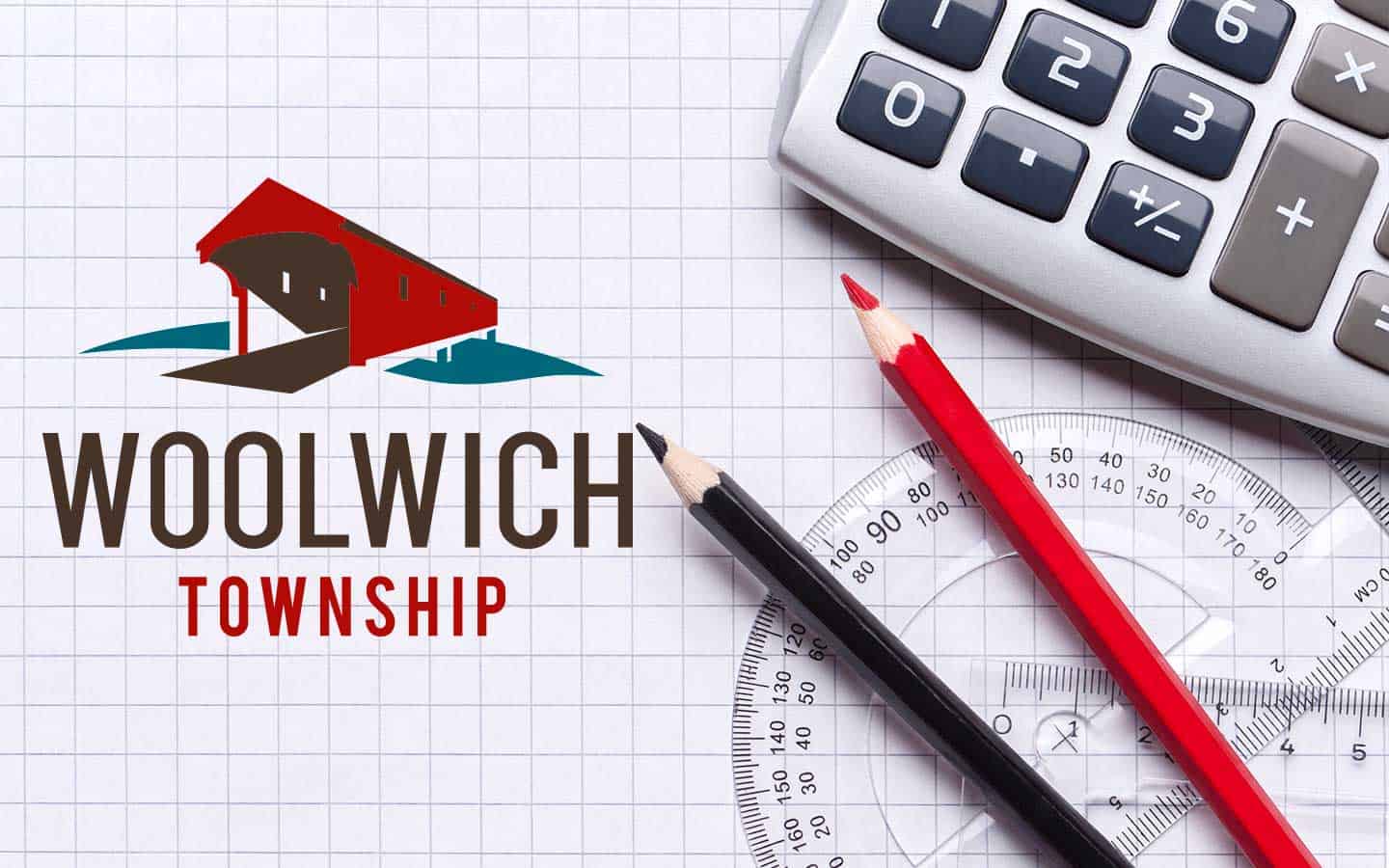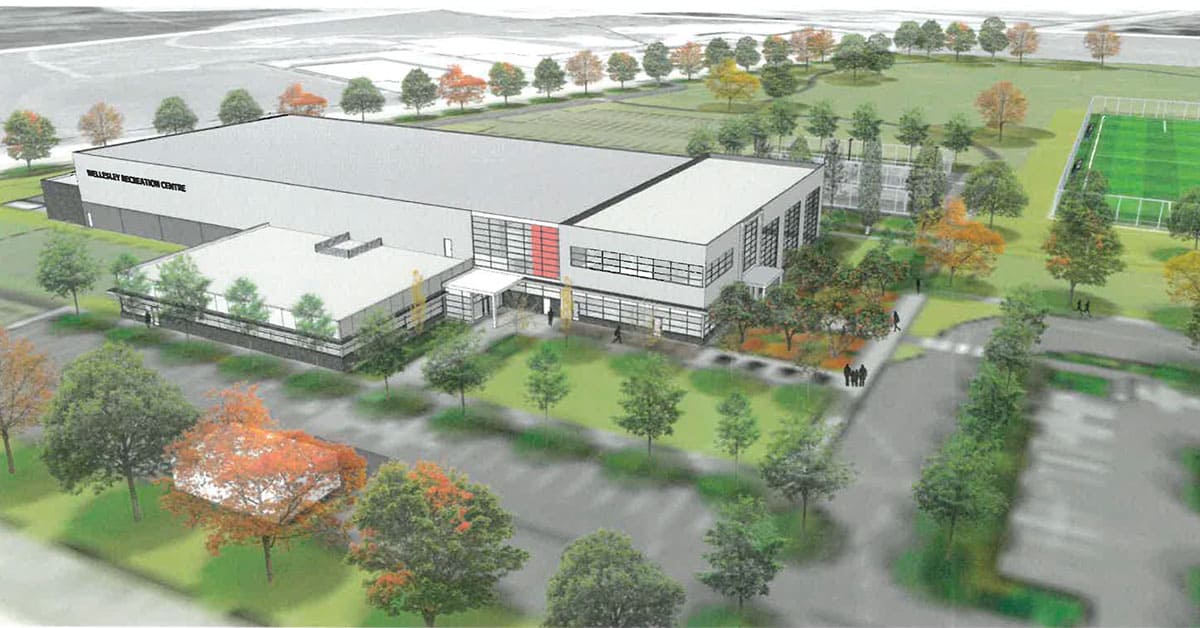In postponing a Breslau connector road that would have put the entire $30-million price tag on future Woolwich homebuyers, the township is hoping others will join the party. That list includes the Region of Waterloo, the province and the transit agency Metrolinx.
Woolwich councillors who opted to put on hold the project argue the road, and in particular a $15-million overpass, would benefit plans to funnel people to the airport and proposed new GO Transit train station in Breslau.
A recent environmental assessment study determined the preferred route for the future extension of Dolman Street in the older section of Breslau to Fountain Street and then continuing east to Greenhouse Road.
The first stretch to Fountain Street is to be completed by the developer as part of a large new subdivision proposed by Breslau Properties Ltd. and now sold to the Madison Group, a Toronto-based real estate developer. The township’s study determined the section to Greenhouse Road would be funded entirely by development charges assessed on all future new homes constructed in the township. The latter proved to be a stumbling block.
Though township staff backed the plan, councillors balking at the cost argued other groups should be footing at least part of the bill given the road would serve a wider group of users than local residents.
That’s a sentiment shared by the owners of the development lands, who see the GO station as a key piece of the equation.
Thomasfield Homes, which has developed much of the north end of Breslau, has plans to expand out to Greenhouse Road. Part of its property had been earmarked for the GO station, with the original plan to push a road through with a level crossing at the railroad tracks. Metrolinx later came back with a new model that would see the developer pay for the GO station, and a demand was made for an overpass, increasing costs dramatically.
“We basically had something already approved … and they said ‘well, can we densify it to help you make a larger contribution towards the GO station?’ We can’t because the airport has restrictions on heights. So what works in the GTA and Oakville and suburban Toronto as a model does not work well in Waterloo Region,” said company president Tom Krizsan, noting he had serviced a piece of land for the GO station. “I spent a lot of money already on the site anticipating that they would purchase it. We still have yet to receive an offer.”
He said he’s hopeful the province will realize a different approach is needed to make a GO station feasible in Breslau, noting a similar discussion is needed for the connector road.
It was much the same stance for Breslau Properties, which still owns land east of Fountain Street through which the connector road would run.
“The region and province appear to need this road as much, or more, than the township because it is a direct north-south connecting linkage to and from a strategic rail connection for both the GO station commuters and the airport,” said president John Rose in an email to the township.
“We should step back and look at the cost and have maybe the region come to the table because they see this road as a very important north south direct conductivity to the airport and the GO station. We don’t disagree with that, but for the township to pay the full Monty, I think is really unfair right,” added planner Paul Puopolo, noting the GO station model used in the GTA doesn’t translate to this area.
“That model works well, for example, if you’re at the Mimico station or at Yonge and Steeles because what you can do is take some of those densities and say, ‘OK, I’ll put in the station, then you can put in, let’s say, five or six 30-storey or 40-storey buildings.’ It provides that opportunity, but out there in Breslau because of the airport height limitation you have and also just the location, you’re not going to get that kind of density out there.”
Kitchener-Conestoga MPP Mike Harris says he’s aware of that stumbling block, with talks underway to find a solution.
“We’re still really pushing Metrolinx to do further evaluations of what the region’s going to need going forward,” he said. “In our case here in Breslau, specifically, obviously we don’t necessarily have the ability to really meet those prescribed density targets. And the other challenge that we have, too, is because of the proximity to the airport, if you were to have some say low- to medium-rise density around there, there’s height restrictions.”
The province has been expanding GO train service to the area, with the goal of all-day, two-way connections. While demand has tapered off through the pandemic and due to a certain out-migration from the Toronto area, Harris notes that demand is likely to return in the medium-term.
“From a logistical standpoint, and from the usability standpoint, Breslau is a perfect location,” said Harris, adding that the links aren’t just about people heading to work in the GTA, but carrying workers the other way, too.
“There’s almost as many people that commute into Waterloo Region on a daily basis or weekly basis as commute … it’s not just about getting people to the GTA and Toronto, but it’s also getting people from Toronto proper and the western part of the GTA here, because we have some fantastic jobs in the advanced manufacturing sector, we have fantastic jobs in our tech sector, we’ve got a lot of actual financial banking, as well as the insurance companies that have a large footprint here, too. It’s really great to be able to have jobs like that in Waterloo Region and people wanting to come here to work, not just vice versa.”
Jeremy Vink, Woolwich’s manager of planning, said there are talks underway to get the GO station back on track, including another site aside from the Thomasfield Homes land. He notes that changes made by the province put a wrench in the gears.
“Although we’ve designated lands at Thomasfield for it to happen, it was prior to the current government direction on these GO stations. We have approved this locations, but after that the province changed the funding model. Now the developer has to pay for it. That wasn’t contemplated when we developed the subdivision and approved it,” he said. “They’re quite costly to build, GO stations, so we have to figure out … how to get this developed between the province, the region, the township and the developers – what can we do to move this forward and where?”









